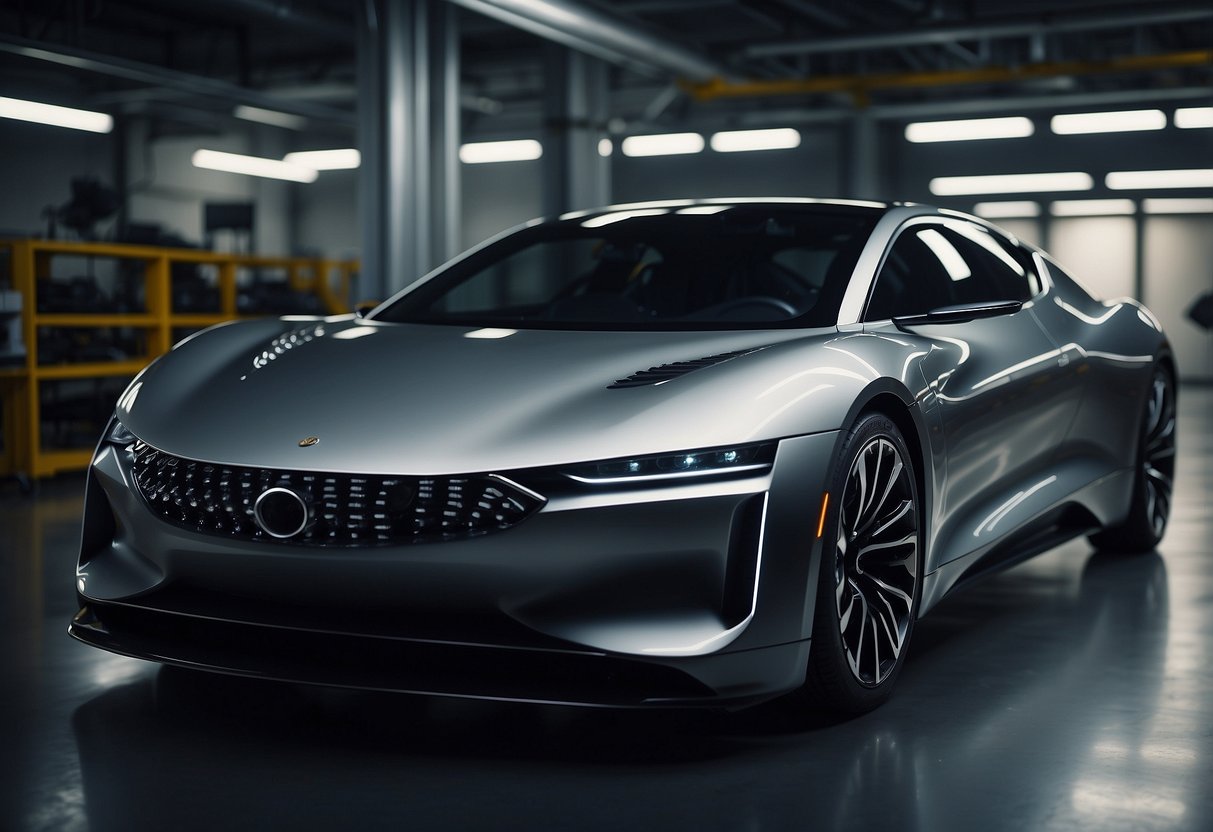
Automobile manufacturers are navigating a transformative period as new emission regulations reshape car design. These regulations mandate stricter limits on pollutants, compelling designers to innovate in reducing vehicle emissions. This shift not only impacts the engineering process but also influences the aesthetic and functional aspects of modern cars.
New standards primarily target reductions in carbon dioxide (CO2) emissions, prompting the integration of hybrid and electric powertrains. Traditional internal combustion engines are undergoing modifications to enhance their efficiency and lower emissions. This move towards cleaner energy sources is becoming a dominant trend.
In addition to powertrain innovations, lightweight materials are increasingly being used to improve fuel efficiency. High-strength steel, aluminum, and composites are becoming standard in the construction of vehicle bodies. These materials reduce the overall weight of cars, thereby decreasing fuel consumption and emissions.
Historical Context of Emission Regulations

The history of emission regulations dates back to the mid-20th century. In the 1960s, concerns over air pollution grew significantly. During this period, Los Angeles became notorious for its smog problems.
In response to worsening air quality, the United States implemented the Clean Air Act in 1970. This legislation set the groundwork for federal emission standards. It aimed to reduce harmful pollutants like carbon monoxide, nitrogen oxides, and hydrocarbons.
Europe followed with its own regulations. The first European emission standards, introduced in 1970, were less stringent than those in the United States. Over time, both regions increased the rigor of their regulations.
The 1990 amendments to the Clean Air Act marked a significant tightening of standards in the U.S. These amendments mandated catalytic converters, leading to a substantial reduction in emissions from automobiles.
In the early 2000s, global awareness of climate change drove many countries to adopt stricter standards. The European Union introduced the Euro 3, 4, and 5 standards successively, pushing car manufacturers to produce cleaner engines.
Japan also played a pivotal role in the evolution of emission standards. The country launched its Top Runner Program in 1999, which set ambitious targets for fuel efficiency and emissions, encouraging technological innovation.
The advent of hybrid and electric vehicles began influencing emission regulations in the 2000s. Governments provided incentives for low-emission vehicle production, which further shaped the automotive industry’s direction.
Overview of the New Emission Regulations
Recent changes in emission regulations are setting new standards for car manufacturers worldwide. These new rules focus on reducing harmful pollutants and improving air quality.
Global Emission Standards
Global emission standards are becoming increasingly stringent. They are primarily set by bodies such as the European Union (EU) and the United States Environmental Protection Agency (EPA). The EU’s Euro 7 standards are slated for implementation by 2025, focusing on nitrogen oxides (NOx) and particulate matter. The EPA has introduced Tier 3 standards which target a reduction in sulfur content in gasoline, leading to lower NOx and volatile organic compounds (VOCs) emissions.
Different regions adopt various testing procedures to gauge compliance. Europe employs the Worldwide Harmonized Light Vehicles Test Procedure (WLTP), while the U.S. relies on the Federal Test Procedure (FTP). These tests ensure vehicles meet the required emission limits under real-world driving conditions. Stricter enforcement and penalties are in place for non-compliance, pushing manufacturers to innovate cleaner technologies rapidly.
Specifics of New Regulations
The new regulations set precise limits on various pollutants. A significant element is the reduction of NOx emissions to below 80 mg/km for passenger cars under Euro 7 standards. Particulate matter limits have also been tightened, requiring advanced filtration systems. The Tier 3 standards in the U.S. aim for fuel sulfur content to be reduced to 10 parts per million (ppm), reinforcing the control of NOx and VOCs.
These regulations are not just limited to new car models. Existing vehicles are subject to more rigorous inspection and maintenance schedules to ensure ongoing compliance. The use of onboard diagnostics (OBD) systems is now mandatory, allowing continuous monitoring of emission control systems. Automakers are also required to provide extended warranties for emission-related components to ensure durability over the vehicle’s lifecycle.



